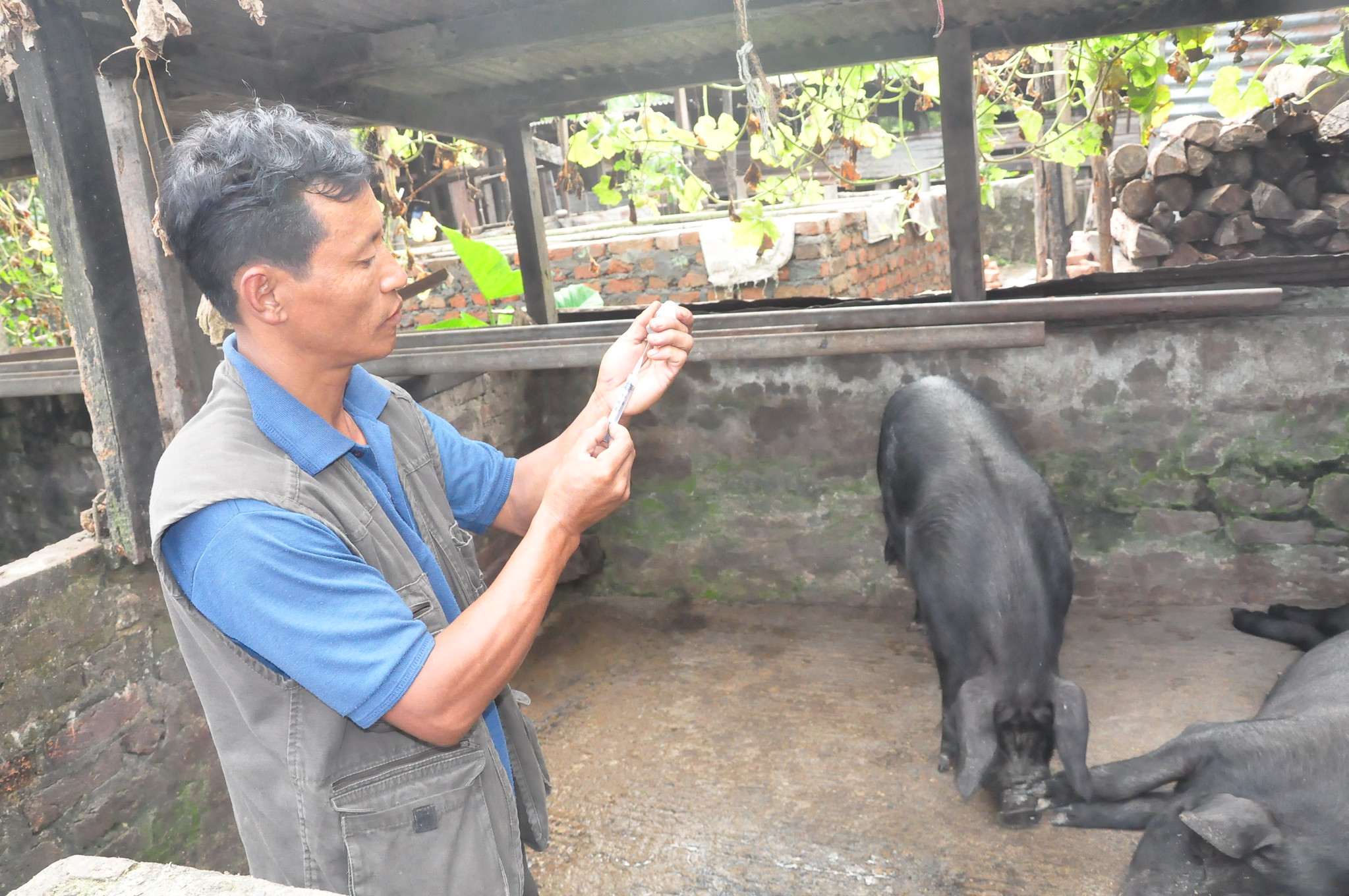Research roundup: In Mato Grosso, Brazil, an effort to beat back the prospect of classical swine fever
August 17, 2021

Determining the risk of transboundary animal disease spread is an increasingly important global endeavor that allows governments and stakeholders to plan for, monitor, and mitigate outbreaks should they occur—or, ideally, to quell them before they arrive.
Risk assessment as an epidemiological tool has greater implications in the context of One Health, the multisectoral and transdisciplinary effort toward optimal global health outcomes for—and while recognizing the connection between—people, animals, and the environment. Risk assessment, then, can help drive transboundary disease mitigation strategies in the United States and across the globe.
In Brazil, the prospect of classical swine fever (CSF) introduction looms among 16 states and federal jurisdictions currently designated as CSF-free, especially those—like Mato Grosso, in west-central Brazil—that border states where the debilitating porcine disease has been confirmed. Where the disease takes hold, the economic impact can be devastating.
No CSF risk assessment had been performed in Mato Grosso until University of Minnesota researchers Andres Perez, DVM, PhD, and Daniella Schettino, DVM, MS, with the Center for Animal Health and Food Safety at the College of Veterinary Medicine, recently took on the task. They published their findings in July in the journal Frontiers of Veterinary Science.
Their study characterized the risk associated with, arguably, two of the most likely routes of disease transmission for the state: the movement of live pigs for commercial reasons, and the free roaming of wild boars. Employing a random probability risk-assessment model, they found 96 percent of the risk of a CSF outbreak stemming from the legal movement of pigs was concentrated in five municipalities in central Mato Grosso. The state comprises 141 total municipalities.
For CSF transmission via free-roaming wild boars, the risk is concentrated among eight municipalities in the northernmost and southernmost portions of Mato Grosso. The northern border contacts a state where CSF has been confirmed, and the southwest of Mato Grosso borders Bolivia, which also has confirmed the disease.
Perez and Schettino hope their findings will inform strategic, risk-based surveillance activities in Mato Grosso. Where the risk involves the commercial movement of pigs, they suggest increasing veterinary visits to farms that receive animals from outside the state—and inspecting and quarantining pigs as soon as they arrive at the farm. They also suggest the implementation of enhanced passive surveillance (EPS) measures. Districts whose risks are associated with wild boars could sample hunted boars, and implement surveillance and educational initiatives aimed at backyard farms.
Ideally, the researchers say, those efforts will help prevent introduction of the disease into the state—and allow it to keep its ‘CSF-free’ designation. Moreover, lessons learned in a CSF-free region adjacent to zones affected by the disease may help inform preparedness strategies for U.S. swine farmers, including the implementation of EPS measures similar to those evaluated in Mato Grosso.
Read the paper here.


